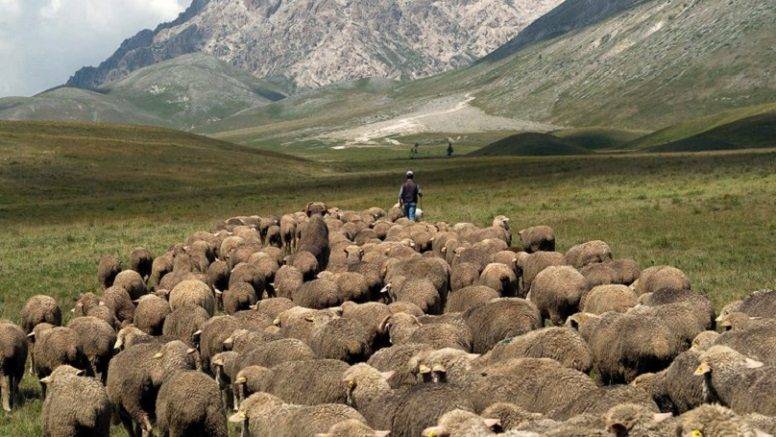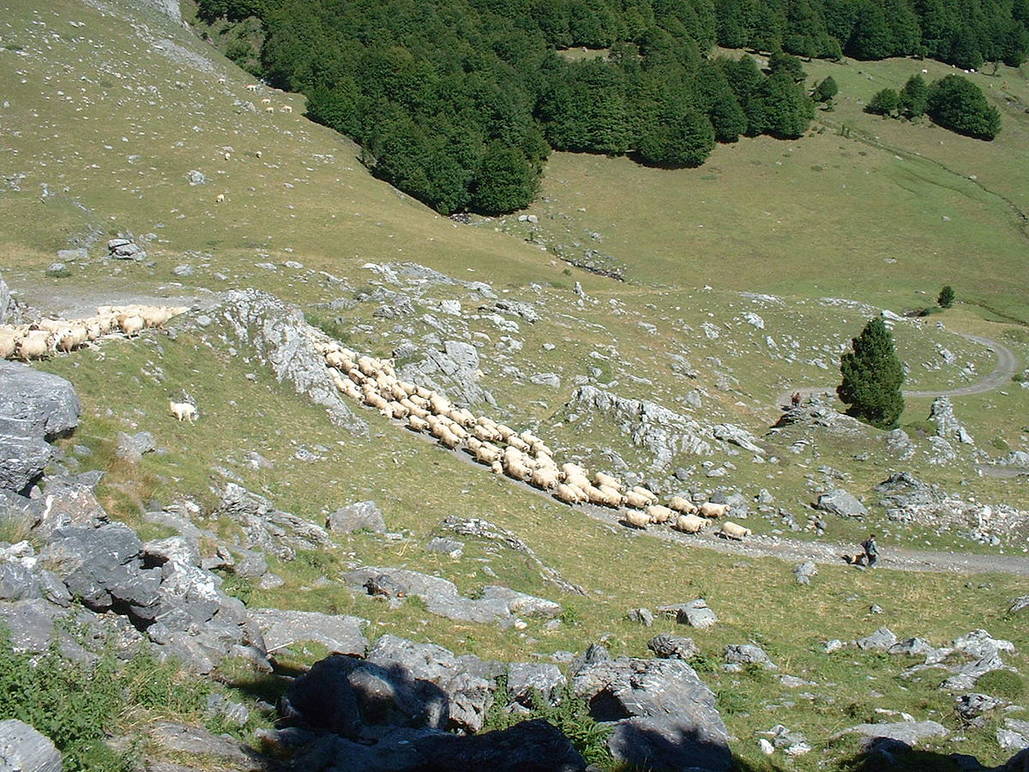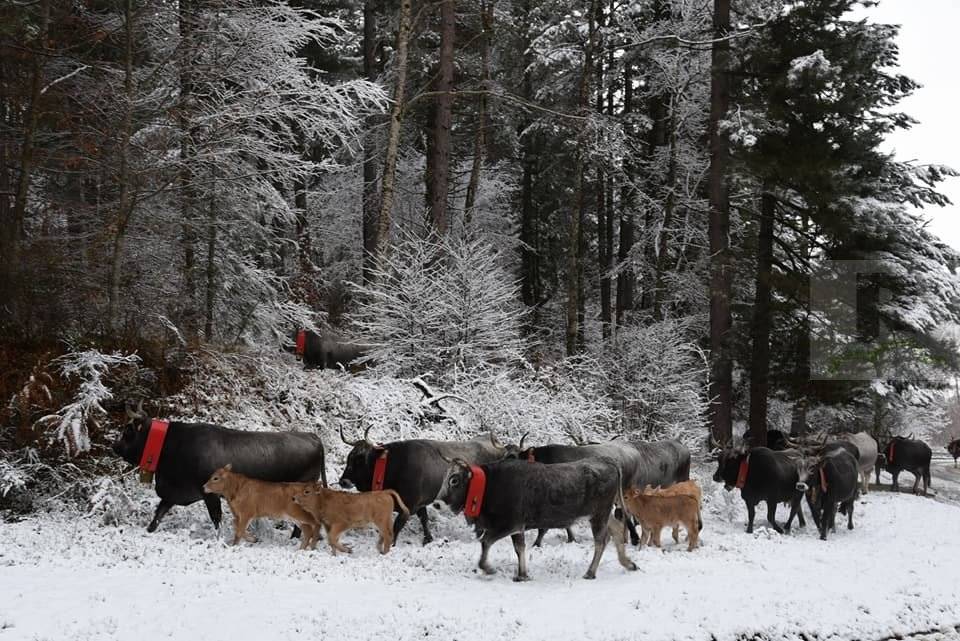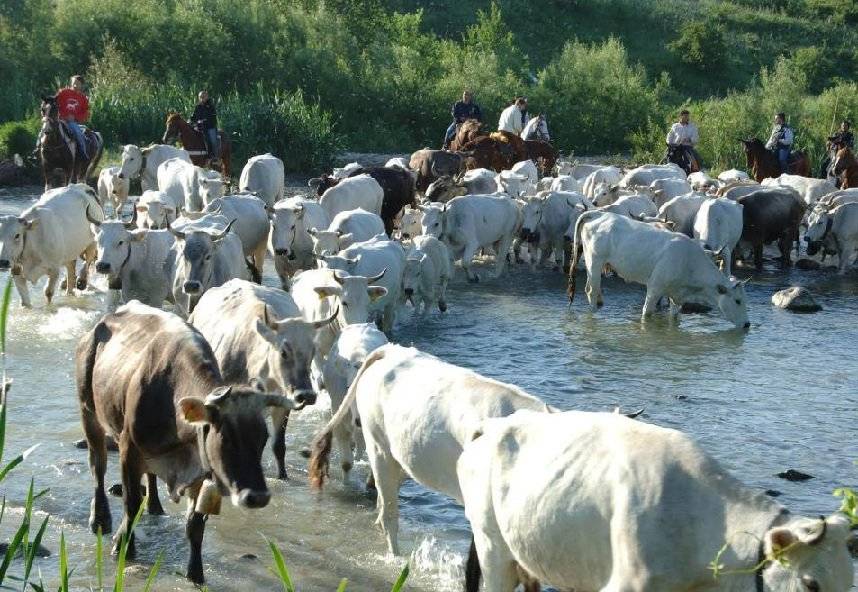Transhumance Treks to Reach UNESCO Status this Year
With the support of the Italian Ministry of Agriculture, Greece, and Austria, Italy is attempting to solidify transhumance as an Intangible Cultural Heritage. Under UNESCO, awareness and protection are brought to these cultural heritages. Italy has officially submitted their bid in 2018, and will hear back in November 2019 if this historical tradition will reach UNESCO status.
What is Transhumance?
Transhumance is the seasonal trek of livestock, a rare practice that still exists in parts of Italy and around the world. Shepherds and their animals take paths –tratturi in Italian –to the lowlands before the winter, and then return to the highlands for the summer. Found mainly in central and southern Italy, there are tratturi in the Abruzzo, Lazio, Molise, and Puglia regions.
Transhumance has a rich history and can be traced back to the Roman Empire. It is deeply ingrained in Italian culture, customs, and traditions, apparent throughout folklore and music. However, its decline began as far back as the 16th and 17th centuries when farming took precedence over sheep-rearing; and in the 1950s and 60s, transhumance died out when traveling on foot was replaced with the automobile.
Why is it Important?
The Minister of Agriculture explains: "Transhumance as a cultural force, with a strong element of identity, has managed to create strong social and cultural bonds over the centuries between the people practicing it and the places they pass through, as well as representing a sustainable economic activity characterized by a special relationship between man and nature whose symbolic force has influenced all fields of art."
There are laws already put in place to protect the paths, but they are difficult to maintain, so becoming an intangible cultural heritage would ensure preservation. Many shepherds advocate to keep the practice alive in order to maintain their culture and history. It has even become a type of tourist attraction where people can join the shepherds and sheep on their journey up to the mountains for the summer.





































Comments
Transhumanance treks. . .. . . .